- Have any questions?
- +86-189 8930 5995
- sales@mosinterchem.com.cn
Ammonium acetate CAS 631-61-8

O-Cresolphthalein CAS 596-27-0
17/12/2018
4-(2-pyridylazo)resorcinol CAS 1141-59-9
17/12/2018| Model: | MOS 631-61-8 |
| Place of Origin: | Shandong,China (Mainland) |
| Brand Name: | MOSINTER |
| CAS No.: | 631-61-8 |
| Melting point: | 110-112℃ |
| Boiling point: | 117.1°C at 760 mmHg |
| Vapour pressure: | 13.9mmHg at 25°C |
| Water-soluble: | 1480 g/L (20℃) |
| Flashing point: | 40°C |
Ammonium acetate (CAS: 631-61-8)
| Item | Index |
| Appearance | Colorless crystals |
| Purity %≥ | 98.0 |
| Nitrate (NO3) %≤ | 0.001 |
| Reduction of potassium permanganate substances (as O) %≤ | 0.0032 |
| Calcium (Ca) %≤ | 0.001 |
| PH | 6.5-7.5 |
| Clarity test / No. ≤ | 3 |
| Chloride (Cl) %≤ | 0.0005 |
| Water insoluble %≤ | 0.005 |
| Heavy metals (as Pb) %≤ | 0.0005 |
| Phosphate (PO4) %≤ | 0.0005 |
| Residue on ignition
(as sulfate) %≤ |
0.005 |
| Magnesium (Mg) %≤ | 0.0004 |
| Sulfate (SO4) %≤ | 0.002 |
| Iron (Fe) %≤ | 0.0005 |
Ammonium acetate is a chemical compound with the formula NH4C2H3O2 (or
C2H4O2.NH3 or C2H7NO2). It is a white solid and can be derived from the reaction
of ammonia and acetic acid. It is available commercially and, depending on grade,
can be rather inexpensive.
Uses and distinctive properties
As the salt of a weak acid and a weak base, ammonium acetate has a number of distinctive properties.
-
- NH4C2H3O2 is occasionally employed as a biodegradable de-icing agent.
- It is often used with acetic acid to create a buffer solution, one that can be thermally decomposed to non-ionic products
- Ammonium acetate is useful as a catalyst in the Knoevenagel condensation and as a source of ammonia in the Borch reaction in organic synthesis.
- It is a relatively unusual example of a salt that melts at low temperatures.
- Can be used with distilled water to make a protein precipitating reagent.
- Is often used as an aqueous buffer for ESI mass spectrometry of proteins and other molecules.
- Useful in dialysis as part of a protein purification step to remove contaminants via diffusion.
Ammonium acetate is volatile at low pressures. Because of this, it has been used to replace cell buffers
with non-volatile salts in preparing samples for mass spectrometry.It is also popular as a buffer for mobile
phases for HPLC with ELSD detection for this reason. Other volatile salts that have been used for this
include ammonium formate.
Food Additive
Ammonium acetate is also used as a food additive as an acidity regulator; INS number 264. It is
approved for usage in Australia and New Zealand.
You must be logged in to post a review.

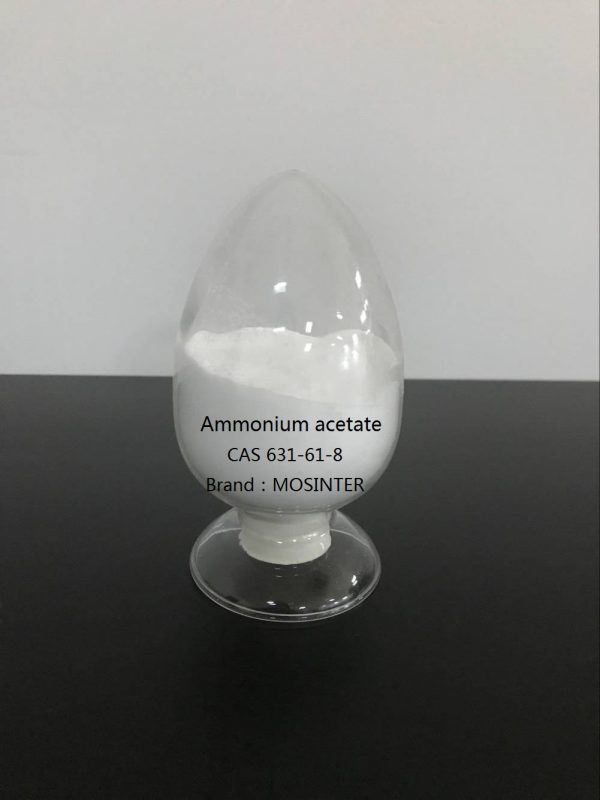
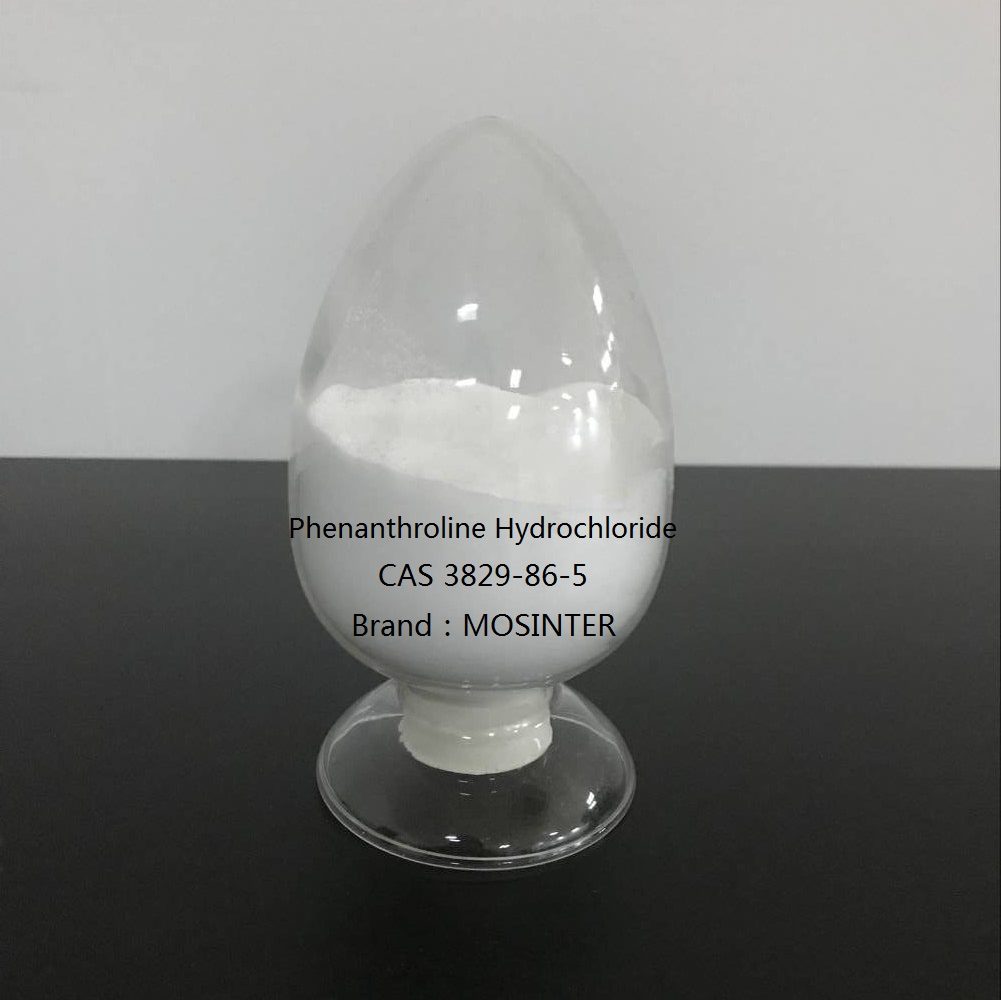
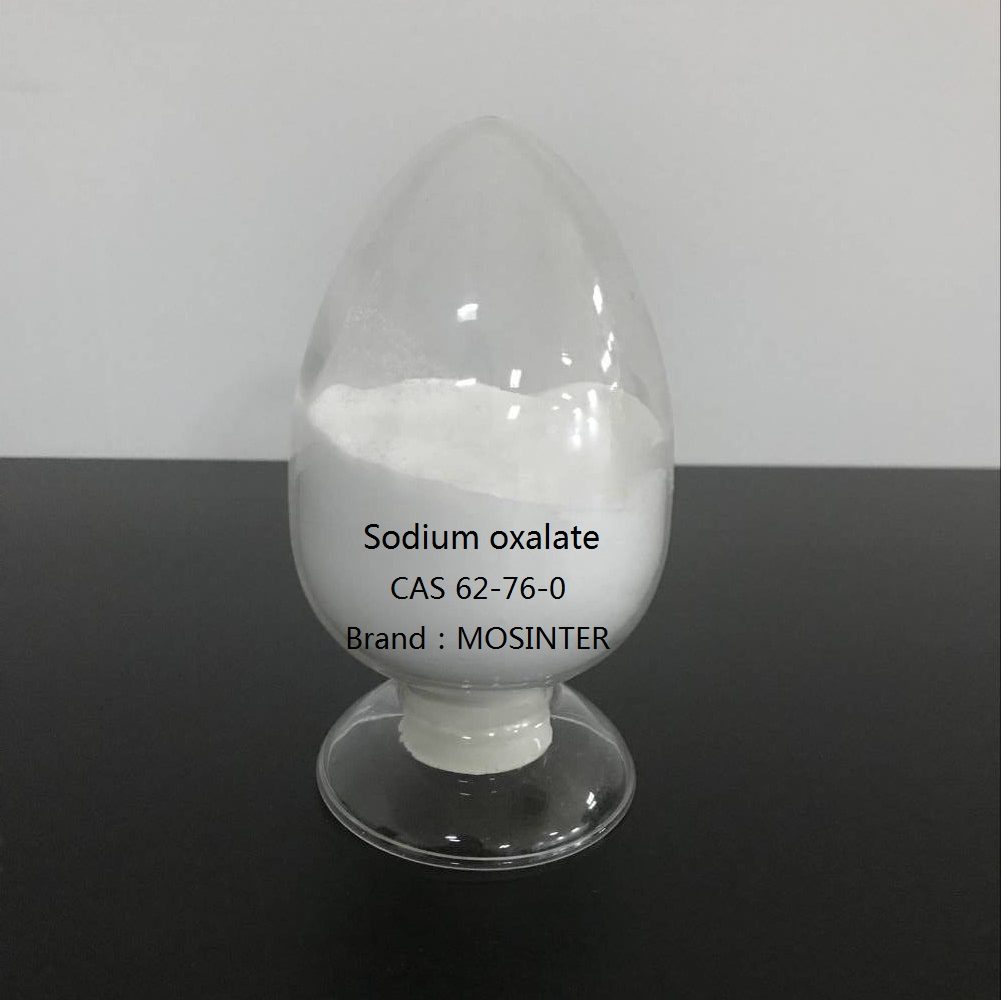
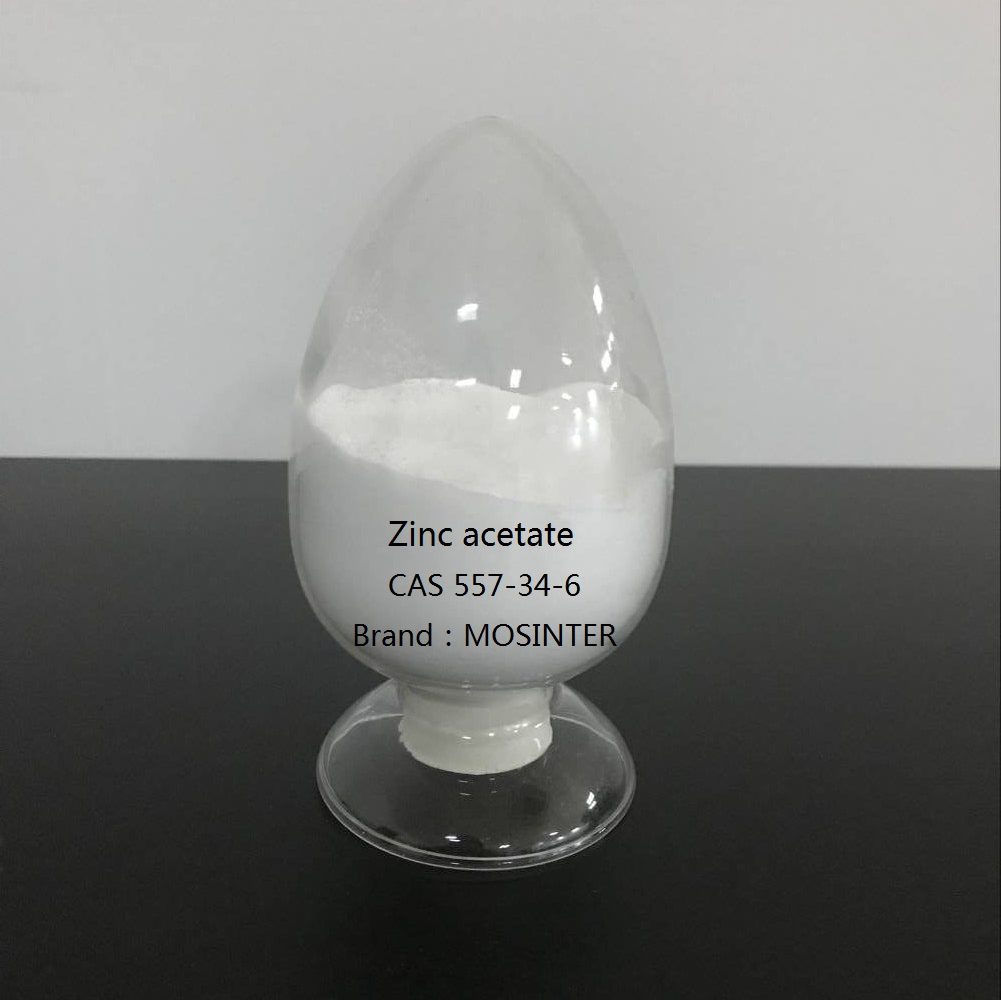
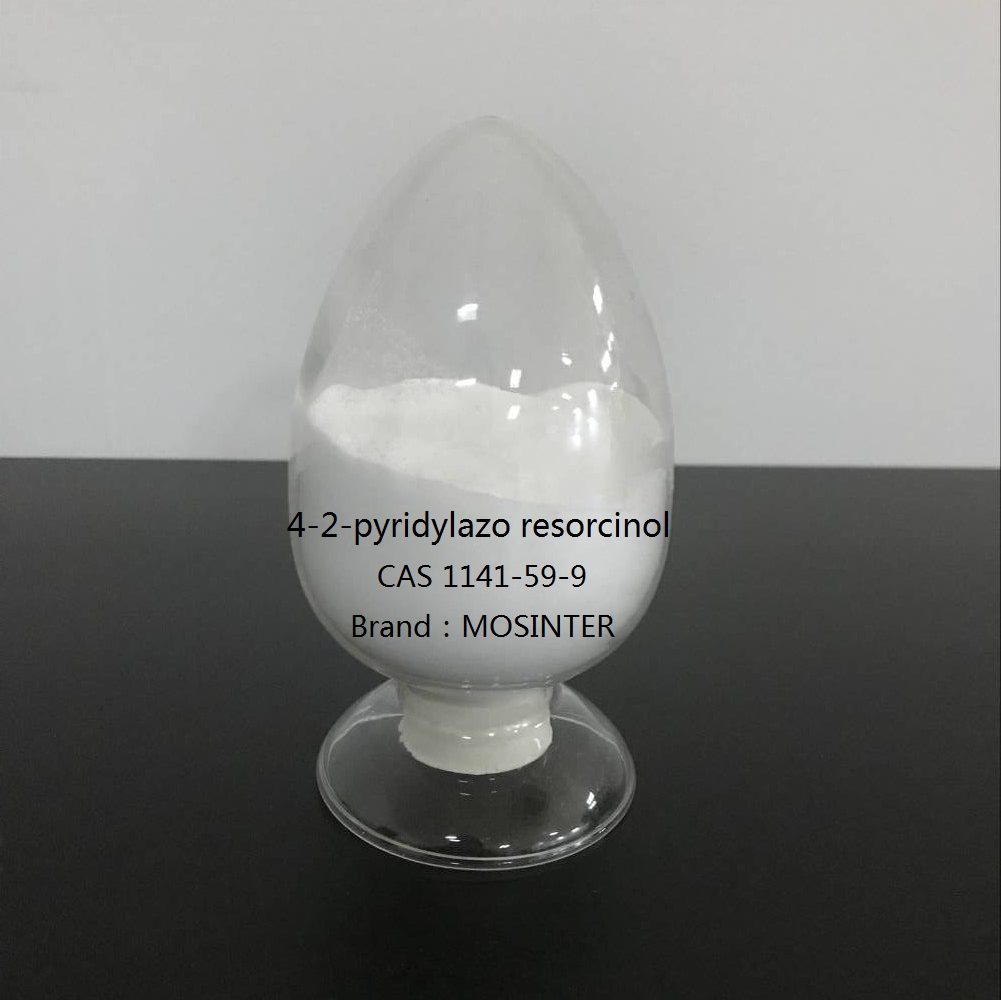
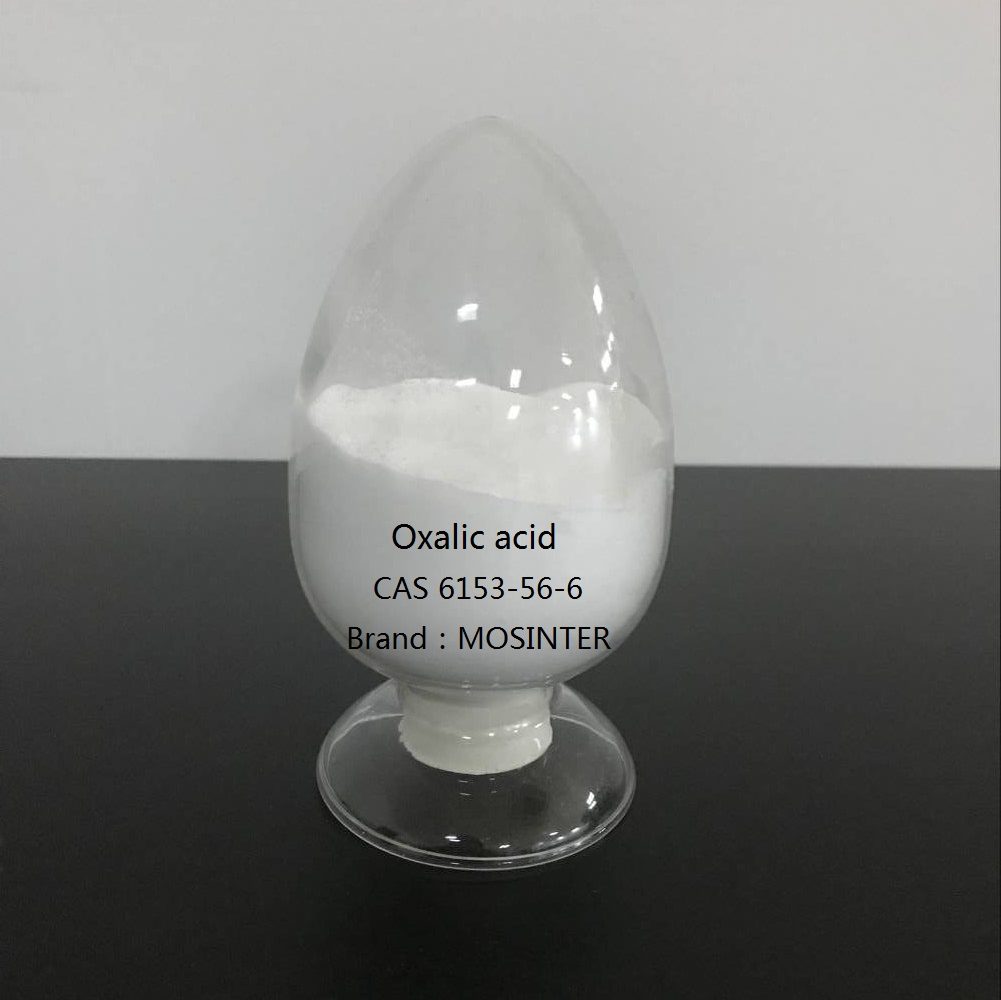
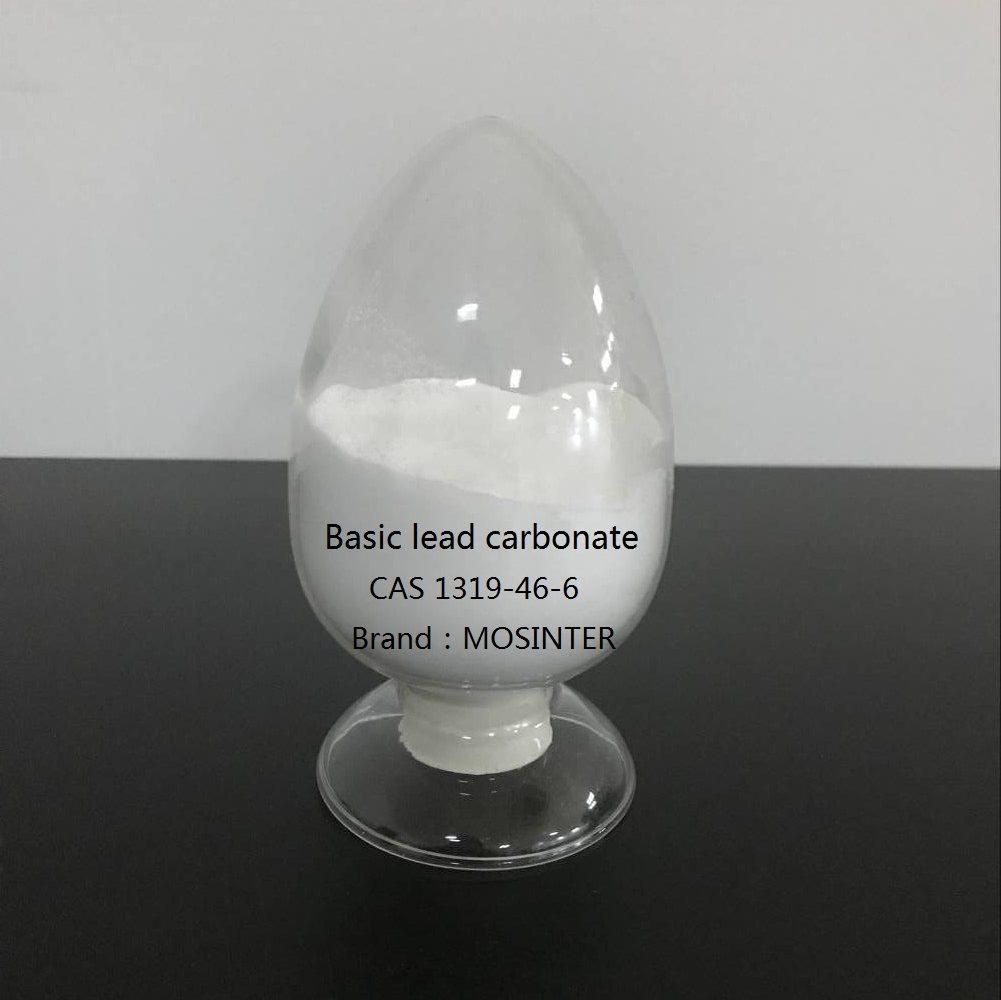
Reviews
There are no reviews yet.